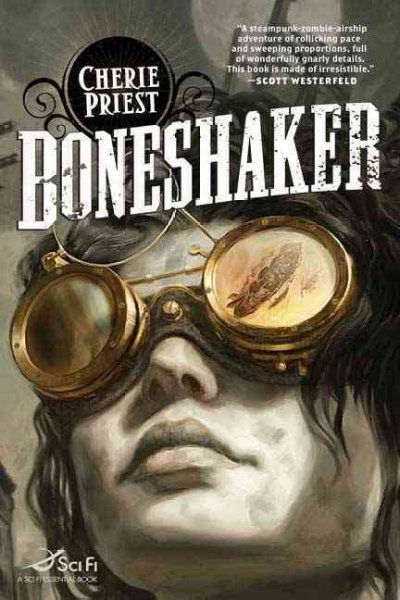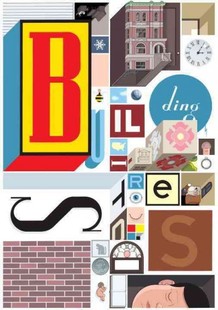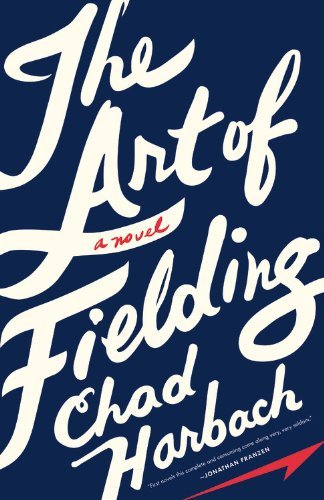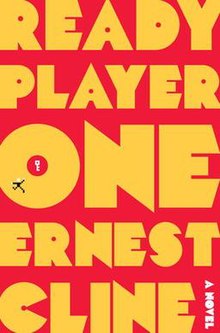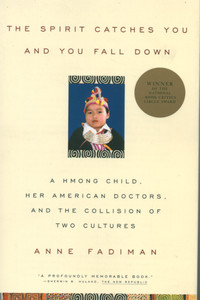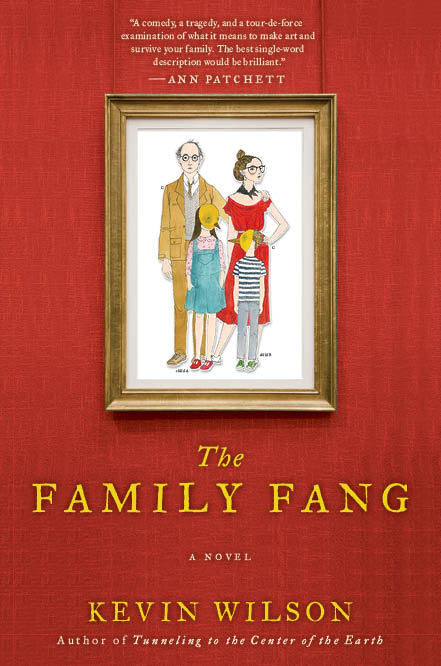Let's start with the story.
Mark Siegel had previously published children's books, but this is decidedly an adult story. It is a historically set tale about obsession, addiction, infatuation, revenge, and love, but despite its setting in the past, it is also a fable for our current times. It has nudity, violence, and an unsettlingly (but satisfying for readers who like that) psychological darkness. Some readers may have encountered this story first as a webcomic, but it is really a treasure in its printed and bound form.
Sailor Twain is set in 1887, the story is not only set in that era, but it feels like it was written in that era, not ours. It is a Gothic Romance in the traditional sense. The entire story is told in flashback as a distraught former river boat captain tells a story to a beautiful, mysterious woman in a seedy riverfront bar. It is a well known story of life on the romantic river, the loneliness of the captain whose sick wife is back in his home port, and the mysterious French brothers who own the ship line, one who has disappeared and the other who is nothing more than a womanizing fool.
However, in the true Gothic tradition things are not always as they appear. What follows is a story out of mythology, deeply rooted in our storytelling tradition as humans. And, also in the true Gothic tradition, things only go from bad to worse.

This is not the story of a mermaid like Disney's Ariel who loves humans; rather, this is the mythological mermaid who want to steal souls and trap humans in the deep with her. She wants to kill. She is angry because she has been banished to the Hudson to be tormented by the mix of fresh and sea water because of her evil ways; she never gets the true salt water she craves. She can never leave the river and feel the freedom of the ocean unless she can get a human to love her for her, without using her song to hypnotize him. Here is a picture of Twain and the mermaid.
Speaking of this picture, now is the time to take a pause in the appeal of the story to talk about the art. Everything is done in this charcoal style. The fuzzy edges add a dreamlike quality to this mythological story. The shades of gray color palate adds to the overwhelming darkness of the story.
Here is another example of the art in a more traditional storytelling page. The story is set during the summer of 1887 when there was non stop rain. This art depicts the melancholy, suspicion, secrets, and despair the story.
In Sailor Twain the time period and the setting, the Hudson River, are also characters. The romance of steamboat travel between New York City and Albany (a popular route for powerful people in the 1880s) enhances the story. But you also have the undercurrent of the area's creepiness (think Sleepy Hollow).
There is also a book within a book frame here as a female author plays a huge part in the story.
Twain is our narrator, as I mentioned above. The book is his confession, so we see everything through his eyes. The mystery of the mermaid unfolds through him, and while it ends fairly resolved, there is a final twist that leaves it all open and questioning who and what we should believe. And to underscore the importance of the both the art and the writing in the best graphic novels, the twist is unveiled visually only (which I found very satisfying).
Sailor Twain is a perfect pick for fans of Gothic fiction whether they normally enjoy graphic novels or not. It is a haunting tale that will remain with you long after you finish it. It is also a good choice for fans of well executed literary graphic novels.
Three Words That Describe This Book: Gothic, mythological, obsession
Readalikes: The Gothic story in Sailor Twain reminded me of a few other darker Gothic tales I have read over the years. Use the links to see my reviews of The Thirteenth Tale by Diane Setterfield, Drood by Dan Simmons, and Her Fearful Symmetry by Audrey Niffenegger for details. All three are a good readalike option here in their unsettlingly atmosphere, darker tone, and overall themes. It is also important to note that all four of these novels have twist endings and unreliable narrators.
If you want to read more about mermaids in folklore I would also suggest Mermaids: The Myths, Legends and Lore by Skye Alexander (2012). I cannot seem to find a fiction book about mermaids that captures the feel of Sailor Twain, however. Most of today's mermaid novels are in more of the Twilight mold. The 3 novels mentioned above more accurately capture the feel of this graphic novel even though they have zero mermaids.
If you really want a graphic novel as a readalike, I would suggest a book from the 2011 best lists, Anya's Ghost by Vera Brosgol. It follows Anya and her new best friend, who happens to be a ghost, a not always nice ghost. It also uses a similar color palate (shades of gray), but it is drawn with crisp pen lines, not the fuzzy charcoal.
Now let's move to the dusty book from my to-read pile.
Released to critical acclaim in 2009 Boneshaker by Cherie Priest is a steampunk zombie novel, and the first in what is (as of November 2012) a five book series.
First, for those you you who are not well versed in steampunk, click here for a tutorial and then come on back.
I am by no means and expert on steampunk, but I do enjoy the stories and the aesthetic. In fact, I just recently saw my first steampunk band, Frenchy and the Punk, and greatly enjoyed their show. I have read a few steampunk novels, but Boneshaker has really become one of the go-to titles for fans of the genre. I had a few free days in early December, so I grabbed it off the shelf to finally give it a try.
For the record, I have handed out Boneshaker to many a satisfied patron over the years without having read it myself
Like all steampunk, the set up here is an alternative history in the 19th century with advanced technology based on technology from that era. In this case, we have airships, which are very popular in steampunk. Some steampunk contains supernatural elements, and here we have a zombie problem.
The story follows two narrators-- a mother, Blue, and a son, Zeke. They take turns telling the story. Both live in a destroyed Civil War era Seattle. Why is is destroyed? Well Blue's husband created a machine called the Boneshaker which dug under the city causing most of it to collapse into a giant hole, but to make matters worse, it released a gas that turned many of the survivors into zombies.
It is many years later, a wall has been erected, and although the gas is still seeping out, the remaining citizens have figured out how to live with it. However, Blue's teenage son, who never knew his father, wants answers. One day he sneaks into the walled part of the city (with a gas mask) to try to go back to his parents home and find out the truth about his father, his grandfather, and his mother's part in all of it. Blue goes in after him, desperate to find him and finally share the real story with him. The novel is their alternating stories and adventures as Blue looks for Zeke and both desperately try to survive inside the walled city.
The story that follows is a combination wild west adventure/zombie apocalypse survival tale. It is fast paced with a cast of characters that grows with the story. The pacing and the action dominate here, so we really don't get to know any of the characters too well. Priest gives us just enough to care about them. A few are a bit stereotypical, but they serve a purpose and it keeps the action moving.
There are some very good zombie action scene here and a nuanced bad guy who reminded me of the Governor from The Walking Dead.
Personally, I liked the story and had fun while reading it, but ultimately I was unsatisfied because I found Blue annoying. Her refusal to discuss what happened in the past was very selfish. Her selfishness put her son in jeopardy and directly caused the death of many people. Finally, in the end she does right by all of the people living behind the wall and shares the truth, but I was done with her by that point.
However, I did love the setting and the details of the world. I liked the airships and their crews. There were a few characters along the way I grew to like too.
You read this book for the setting and the action, not the characters. If that is okay with you, this is a good choice. This is also a book for people who want to try out steampunk since it is a fairly accessible option.
Three Words That Describe This Book: steampunk, fast-paced, zombies
Readalikes: Click here to see my former student Jason's presentation of steampunk titles.
Fans of the airships should also check out the excellent Leviathan series by Scott Westerfeld.
For a better balance between action and character try anything by Paolo Bacigalupi.
The Difference Engine by William Gibson and Bruce Sterling is also a must read.
Remember, for more suggestions and background, you can also check out my longer steampunk post here.
And that marks the end of my reports on the 59 books I read in their entirety during 2012.


